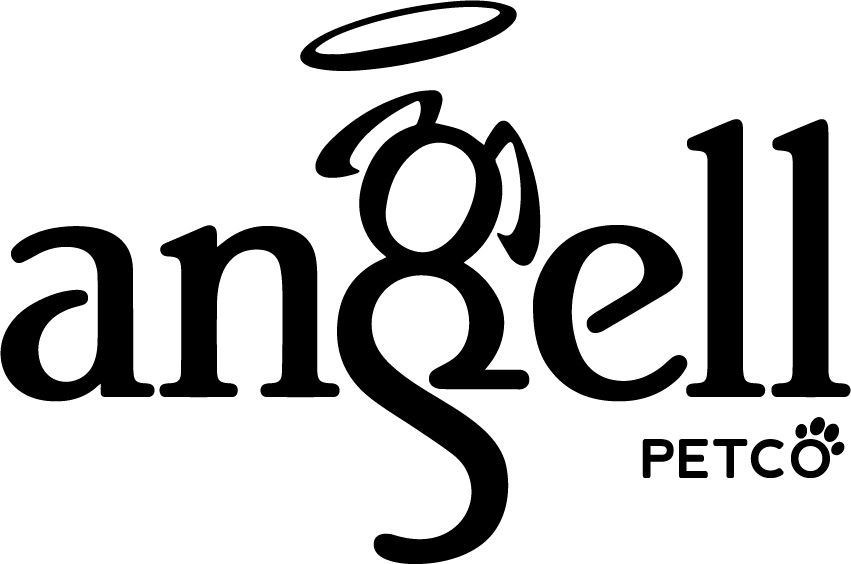It can be worrying if your dog suddenly starts showing signs that they are anxious or nervous. Some owners find it very upsetting watching their dog display signs of fear and terror for no apparent reason. Having a nervous dog isn’t particularly unusual, and sometimes even the most confident of pooches will exhibit nervousness from time to time.
There are some common reasons why a dog might display signs of anxiety — from crowds of people to cats, other dogs, storms, being alone and even exposure to children. Thankfully, there are easier ways to deal with anxiety than walking your dog at a ridiculously early hour in the morning!
Signs of Anxiety in Dogs
Common signs to identify if your pooch is anxious, nervous or scared include:
- Howling, whining and barking excessively
- Displaying aggression
- Excessive drooling and panting
- Scratching and digging at furniture
- Licking their lips excessively
- Pacing up and down a room
- Chewing and destroying household items
- Trembling
- Urinating and defecating where they shouldn’t.
- Turning their head away from you
- Yawning (a sign of stress)
- Hunching down and lowering the body
- Tucking their tail between the legs
- Ears lying flat against the head
Calming an Anxious Dog
There are several ways to calm an anxious dog should you notice that they are displaying any of the behaviours stated above. These include:
- Giving your dog some space of their own to calm down. Don’t pet your dog or overly fuss them at this point, but make sure you are around to monitor them.
- Not “hovering” over your dog or approaching them overhead or directly face-on, as this can be intimidating. Approach your dog from the side, without touching their back.
- Getting down on the floor close to and at the same level as your dog, giving them a little space. Wait patiently until they come to you. When they do, give them a treat.
- Trying to avoid your dog meeting other dogs head-on and in a small space.
- Using distraction techniques such as games, toys and treats to keep your dog’s mind off of other dogs nearby.
- If you see another dog or animal nearby that is causing your dog anxiety, slowly and calmly lead them away to prevent any contact they may find traumatic.
- Keeping your lead loose when walking your dog, so they sense you are relaxed and not anxious. They will pick up on your behaviour and mood if you are tense with a tight lead.
- Avoiding overly crowded, busy and noisy areas where your dog may want to flee.
- Using a pet calming plug-in or calming spray with valerian, a natural essential oil for tension.
Other Ways to Reduce Anxiety in Your Dog
Changing your dog’s lifestyle can help them overcome feelings of anxiety and turn their life around.
Nutrition plays a key part in changing your dog’s behaviour. Low-quality food won’t provide your dog with the nutrition they need, no matter how much you feed them. This can create anxiety, as their feelings of hunger can be overpowering, leading them to display anxious or even aggressive behaviours. Angell Petco’s complete dog food range is created using a unique cooking process that preserves the nutritional value of each meal, allowing for the effective delivery of nutrients to your dog. This will keep them satiated and more content after their meals, helping to reduce anxiety and keeping them physically and mentally healthy.
If your vet is the cause of your dog’s anxiety, consider changing your vet to one in a different location. A different setting may help your dog get used to the experience and take them away from a previously distressing scenario
A muzzle can be used if you have an anxious dog that is likely to lunge at other people or animals. This can help them to feel more calm and secure and it allows other people to feel calmer around them too, reducing the risk of outbursts and injuries.
If your dog is nervous, positive reinforcement and confidence-building dog training can help your dog become less anxious. Aggression and anxiety are rooted in fear, so training them out of the default fight-or-flight stance when faced with anxiety-inducing situations will help them deal with their emotions a lot better.
Much like using a muzzle, place a ribbon on your dog’s lead or wear an item of clothing with “nervous dog” written on it, so that people you meet out on walks will be aware you have a dog suffering from anxiety. This will help inform others around you of the situation without you having to call things out to them.

